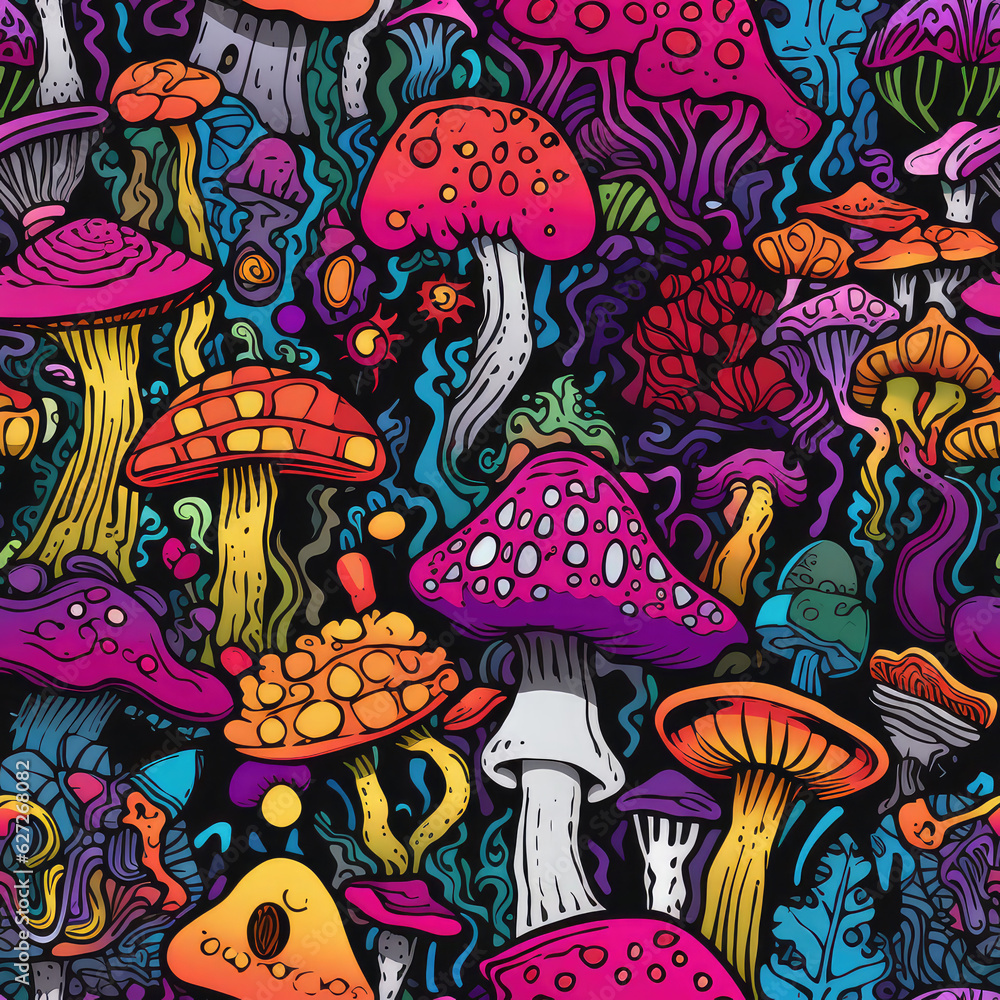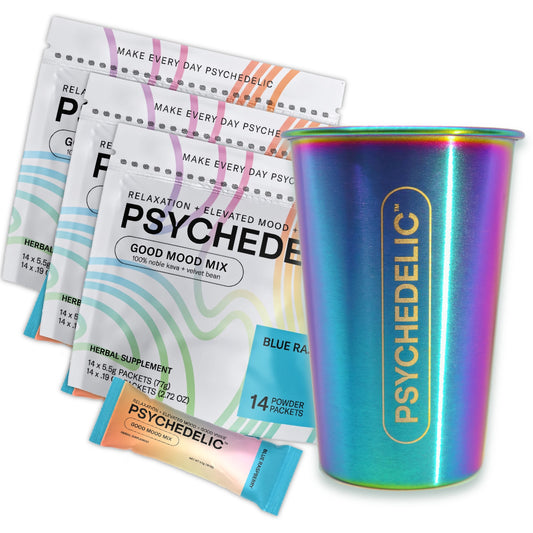All Regarding Psychotomimetic Compounds: Their Role in Psychological Study
Psychotomimetic substances, such as LSD and psilocybin, have amassed increasing passion in emotional research for their capacity to duplicate psychotic symptoms and give understanding right into numerous mental wellness disorders. Their interactions within the brain, specifically via serotonin and dopamine pathways, recommend a complicated partnership between consciousness and neurobiology that might open novel restorative avenues. As scientists remain to explore their potential applications, moral considerations bordering their usage in scientific settings end up being paramount, elevating crucial questions concerning safety and educated consent that warrant additional expedition.
Meaning of Psychotomimetic Compounds
In the world of emotional research, psychotomimetic substances are materials that can generate impacts resembling those of psychosis, such as hallucinations, delusions, and transformed perceptions of fact - About Golden Psycho. These substances can be categorized right into various categories, including hallucinogens, dissociatives, and certain stimulants, each creating distinctive emotional impacts
The medicinal activity of psychotomimetic compounds frequently entails modulation of neurotransmitter systems, particularly those related to serotonin, dopamine, and glutamate. For example, substances like lysergic acid diethylamide (LSD) mostly act upon serotonin receptors, bring about extensive changes in sensory perception and cognition.
The utility of psychotomimetics in research study hinges on their ability to simulate psychotic signs and symptoms, providing a version for recognizing the hidden systems of psychotic problems such as schizophrenia. By studying the effects of these compounds, researchers can get understandings into the neurobiological and emotional processes that add to psychosis.
Moreover, psychotomimetic substances have been explored for their restorative possibility in dealing with different psychological health and wellness problems, consisting of clinical depression and anxiety, highlighting their twin duty in both research study and prospective medical applications.
Historic Advancement and Context
The expedition of psychotomimetic compounds has a rich historic context that goes back to ancient human beings, where substances such as psilocybin mushrooms and peyote were utilized in spiritual and healing techniques. These very early usages commonly intertwined with religious rituals, recommending an extensive respect for the altered states of awareness caused by these substances.
The mid-20th century marked a considerable pivotal moment in the research of psychotomimetic compounds, especially with the synthesis of LSD by Albert Hofmann in 1938. The succeeding popularization of LSD in the 1960s catalyzed a wave of passion in both its mental impacts and possible restorative applications. Researchers began to check out exactly how these substances can resemble psychotic states, offering understandings into mental disorder.
Nonetheless, the boosting association of psychotomimetics with counterculture activities brought about governing reaction, culminating in the criminalization of several of these compounds. Despite these difficulties, the renewal of rate of interest in the restorative possibility of psychedelics in the 21st century has triggered renewed research. This historic trajectory emphasizes the evolving understanding of psychotomimetic substances, changing from sacred substances to subjects of clinical query and, potentially, healing promise.
Mechanisms of Action
Understanding the systems of action of psychotomimetic substances reveals the detailed methods these substances communicate with the brain's neurochemistry. These substances mainly exert their impacts with modulation of neurotransmitter systems, specifically serotonin, dopamine, and glutamate. For instance, many timeless psychedelics, such as psilocybin and LSD, mostly work as agonists at serotonin 5-HT2A receptors, leading to altered assumption and cognition. This communication not just affects sensory processing yet additionally boosts psychological and reflective experiences.
Along with serotonin, dopaminergic pathways are significantly affected by compounds like mescaline and specific cannabinoids, which can lead to transformed states of awareness and changes in mood and motivation. The NMDA receptor animosity observed with substances like ketamine highlights one more path with which psychotomimetics may induce dissociative states and profound changes in thought processes.
The neurochemical cascades initiated by these communications lead to facility and diverse mental results. Recognizing these systems is vital for both the improvement of mental study and the therapeutic capacity of psychotomimetic compounds, as they offer insights right into the underlying neural correlates of modified states of consciousness.
Current Research and Applications
Recent investigations right into psychotomimetic substances have revealed a renewal of rate of interest in their therapeutic applications, particularly in the fields of psychiatry and psychology. Researchers have started checking out substances such as psilocybin, LSD, and ayahuasca for their possible to alleviate signs and symptoms connected with numerous psychological wellness conditions, including clinical depression, anxiousness, and PTSD.
Scientific tests have demonstrated that, when administered in regulated atmospheres, these compounds can facilitate extensive psychological experiences, promoting psychological developments and boosted restorative end results. Researches have actually shown that psilocybin-assisted treatment can lead to substantial reductions in treatment-resistant anxiety, with impacts lasting for several months post-treatment.
Furthermore, psychotomimetic substances are being evaluated for their ability to cultivate neuroplasticity, possibly allowing for more reliable rewiring of maladaptive idea patterns. These searchings for recommend that such substances may offer as complements to traditional psychotherapeutic techniques, boosting the effectiveness of healing treatments.
As study progresses, the emphasis is shifting towards understanding the ideal does, healing settings, and participant qualities that can maximize the advantages of these compounds. This blossoming area holds assurance for reinventing psychological health and wellness therapy paradigms and addressing the limitations of traditional psychiatric medicines.
Ethical Factors To Consider in Study

Navigating the ethical landscape of research including basics psychotomimetic substances is essential to guaranteeing individual safety and security and the stability of research end results. Scientists must focus on enlightened authorization, ensuring that participants completely understand the possible threats and advantages related to the materials being researched. This includes offering comprehensive information concerning feasible emotional impacts, consisting of severe and long-lasting impacts, and permitting individuals the opportunity to take out from the research at Check Out Your URL any moment scot-free.
Moreover, ethical oversight by institutional evaluation boards (IRBs) is vital. IRBs assess research study protocols to protect individual well-being and promote honest requirements. This scrutiny aids alleviate risks and guarantees that researches are conducted with scientific rigor. Furthermore, the potential for browbeating need to be meticulously evaluated, especially when vulnerable populaces are included.
Privacy is one more extremely important factor to consider. Researchers have to carry out durable measures to safeguard participants' identifications and information, specifically provided the delicate nature of experiences related to psychotomimetic substances (About Golden Psycho). Ultimately, a dedication to ethical practices not just cultivates trust between scientists and participants yet additionally improves the reputation and legitimacy of the research end results, adding to the innovation of psychological understanding

Conclusion
To conclude, psychotomimetic compounds, particularly traditional psychedelics such as LSD and psilocybin, deal significant understandings into psychological problems via their unique devices of action. Their restorative capacity in attending to problems like anxiousness and PTSD emphasizes the value of continued research in this area. Nonetheless, guaranteeing honest requirements in research study methods is vital for individual safety and educated read this article approval, permitting a liable exploration of these substances' advantages and implications within mental scientific research.
Comments on “Learn More About Golden Psycho and What It Offers.”